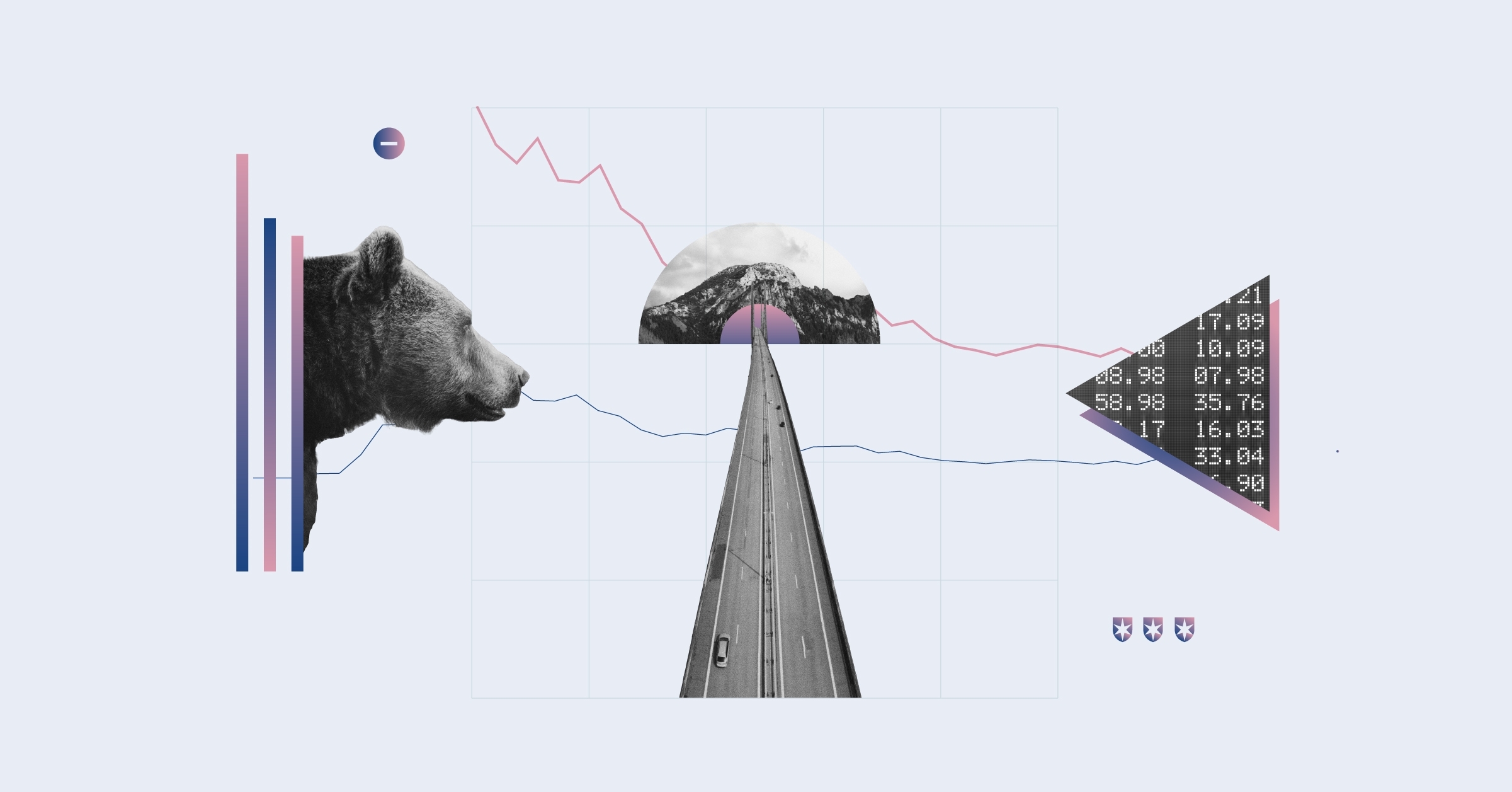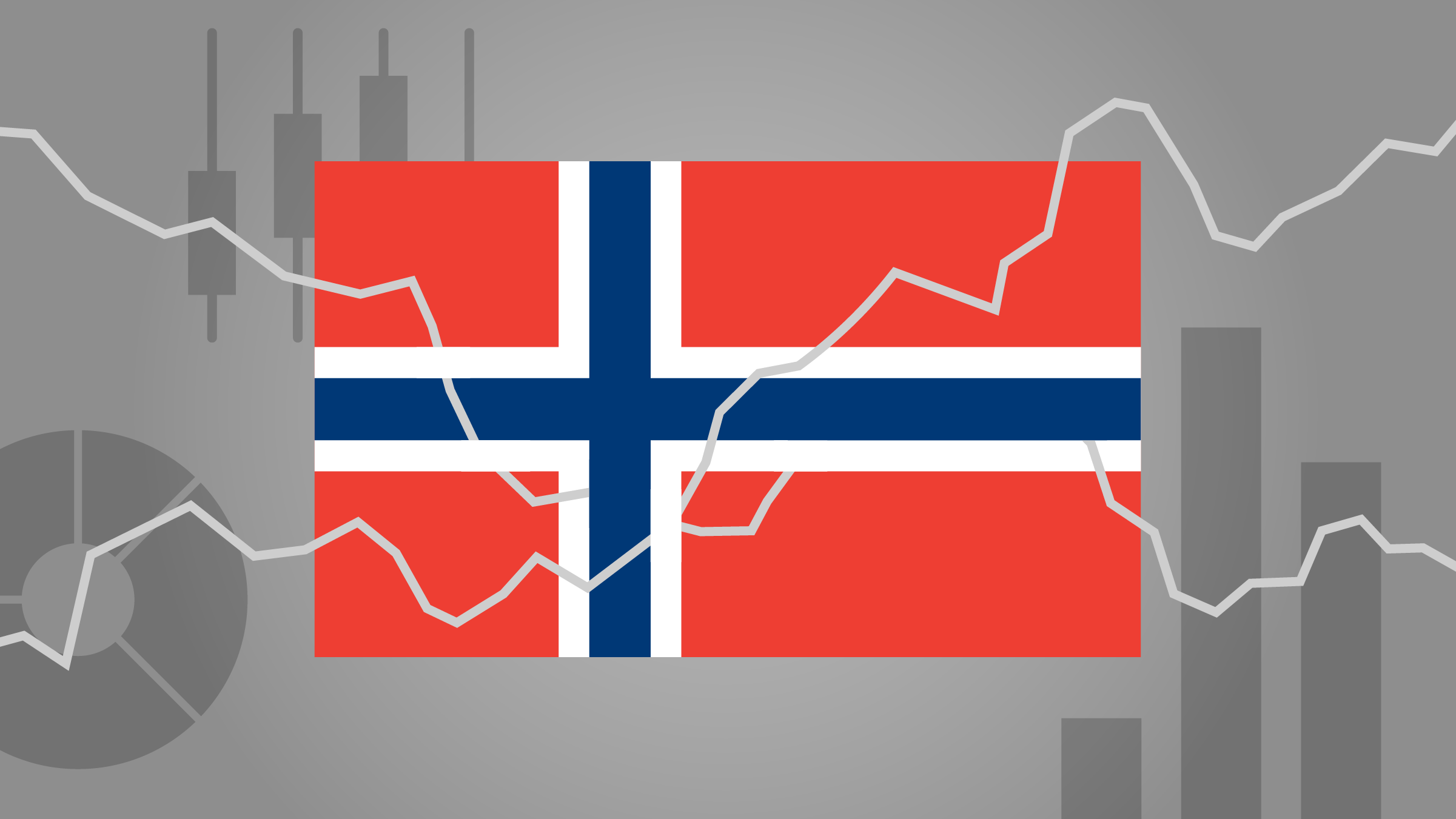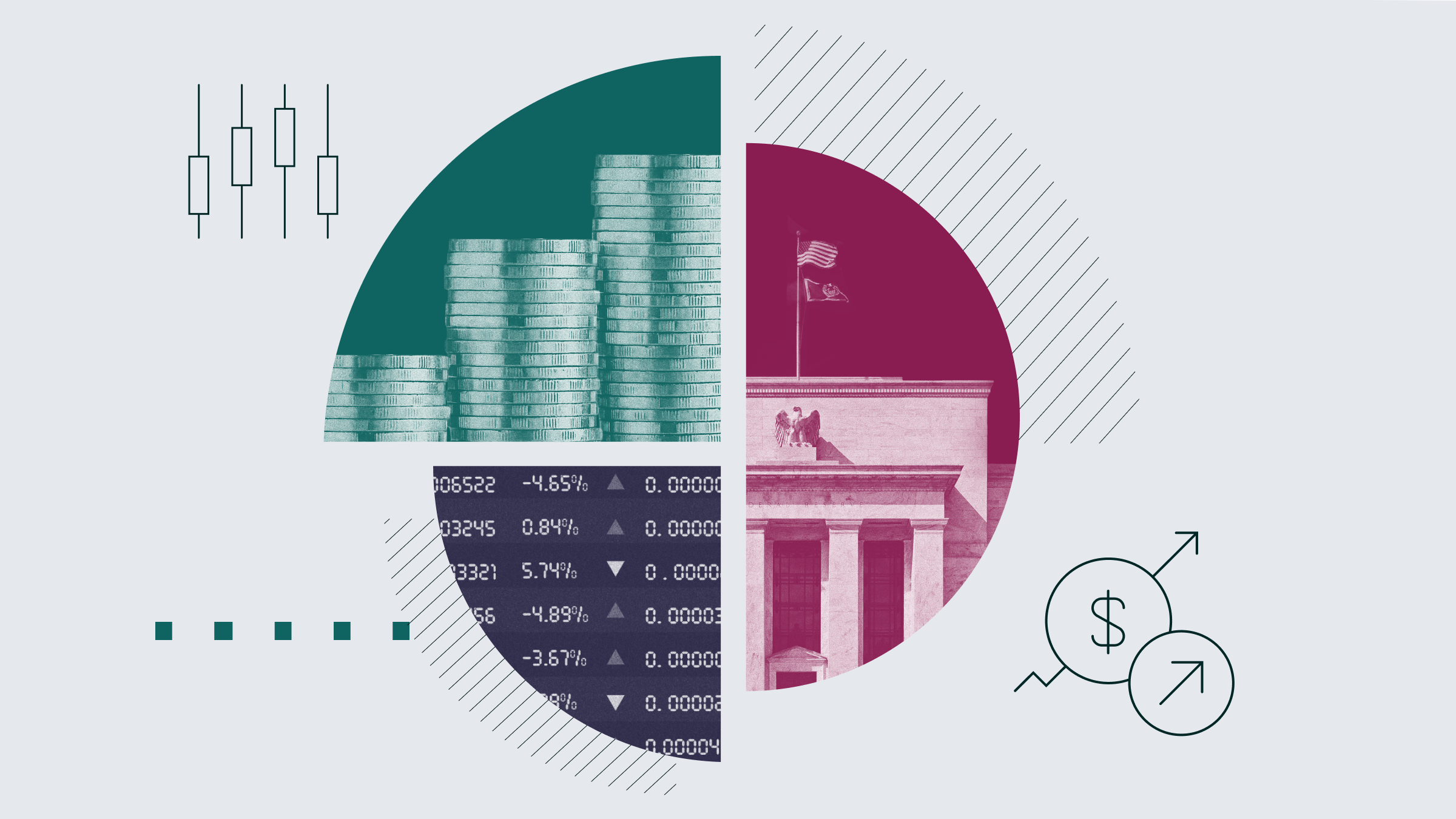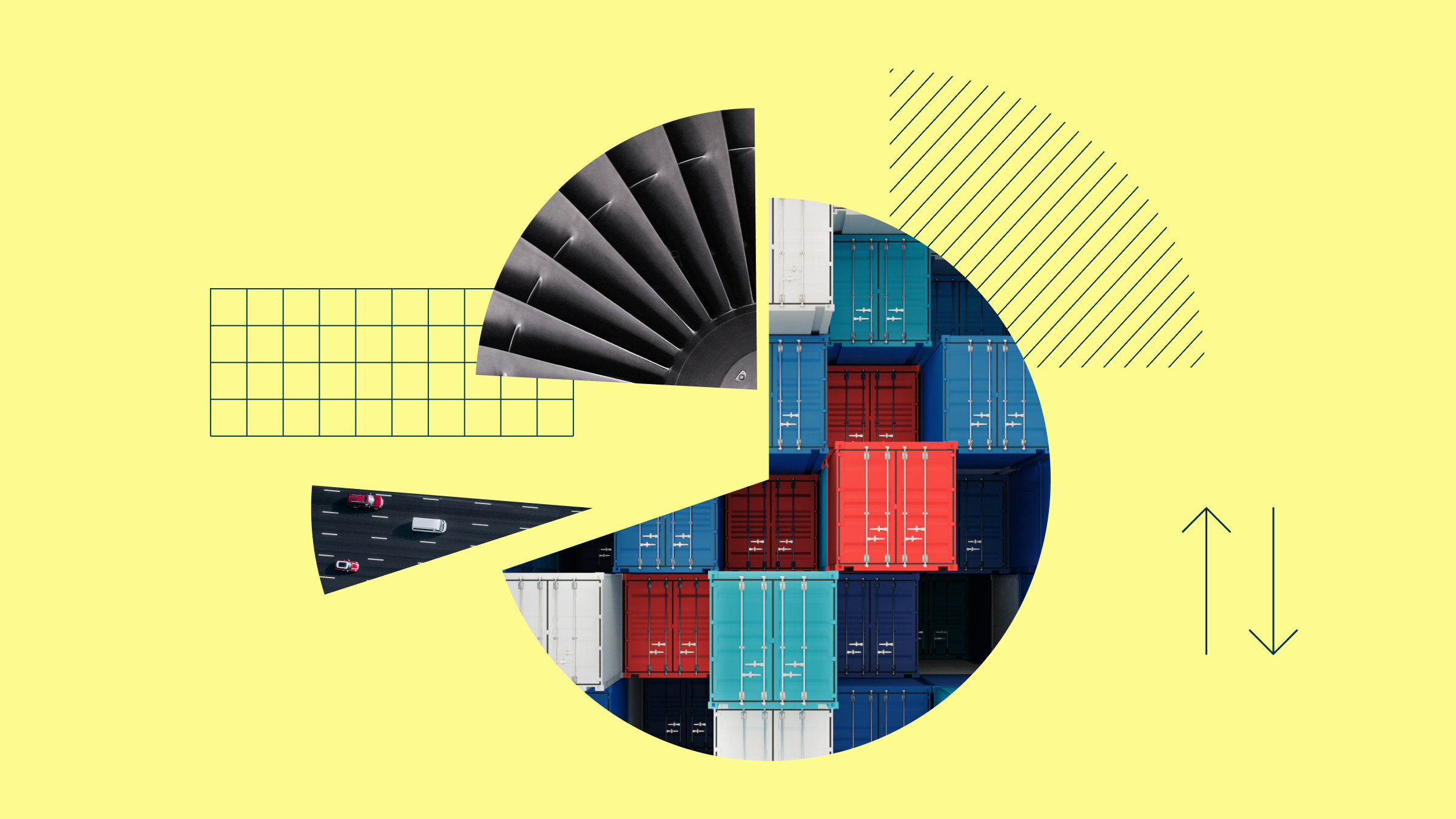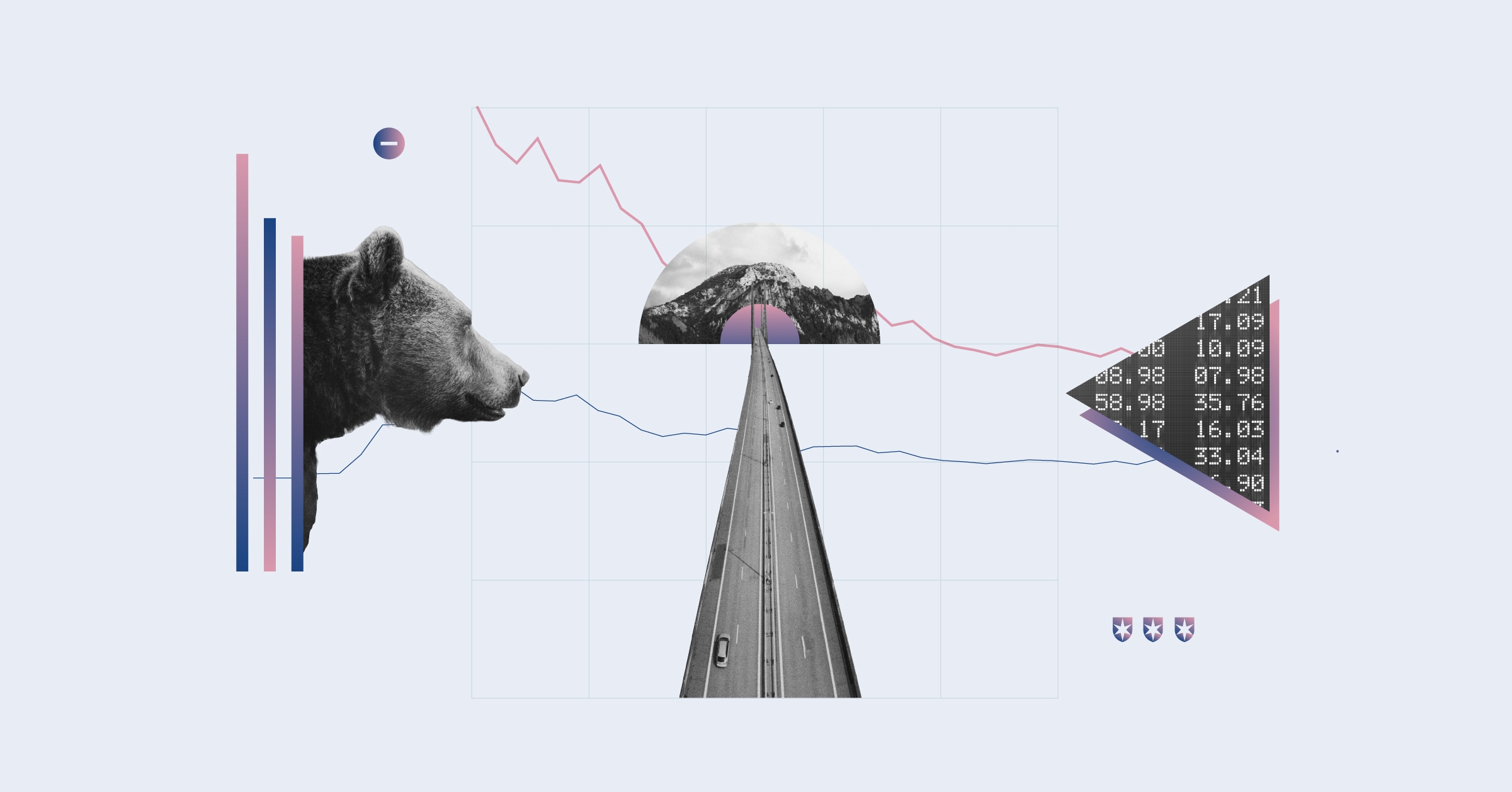Holly Cook: Funds that track an index are a popular choice for U.K. investors. Morningstar’s Ben Johnson, Director of Passive Fund Research, is here with me today to explain how we rate these funds and what a rating means.
Ben, thanks for joining me.
Ben Johnson: Thanks for having me.
Cook: So, investors have a choice often between an actively managed fund or an index or a tracker fund, as we often call them. What are the main kind of pros and cons or differences between the two?
Johnson: So, key differences in making broad comparisons between actively managed and passively managed funds, I think, boil down to a few key criteria. I think, first and foremost, it’s important to remember sort of the laws of active management or the math of active management, which state that on average every active investor in combination forms the market, so that the average active investor will, by definition, then tend to underperform the market by an amount equivalent to the fee that they levy. So, the lower the fee, the lower the hurdle for that manager to overcome to produce market-beating performance.
So one of the hallmark benefits, one of the key features of index funds, be they traditional mutual funds or exchange-traded products, is that they have a very low fee, and that by definition they try to replicate that market level performance. Now what we know about the persistence of active fund performance is that many active managers, depending on their style, can fall on either side of the ledger, either the underperformance or the outperformance side of the ledger in a given year and that tend to be fairly volatile. I can look like an absolute rock star one year and I can be down in the gutter the following year.
So, the math of active management in what that tells us is that for broad, very efficient markets, an investible index fund will tend to produce category-beating returns over a long period of time, because it’s simply tracking the market and it’s accessible at a very low cost.
Cook: So what is Morningstar doing to help investors make that choice, whether it’s between the active or the passively managed fund, or within an index tracker universe itself?
Johnson: So with this launch of what is really a first wave of index fund ratings in research, what we’re doing is we’re level setting or leveling the pitch on which active managers and index fund are playing. So we’re applying one common rating standard, or Morningstar Analyst Rating, to the entire field of both actively managed and passively managed funds to allow investors to make better informed decisions when comparing between like vehicles in a given Morningstar category.
Cook: So if an investor is looking – trying to make a choice perhaps between a tracker fund or an actively managed fund, for example, what are the key criteria that Morningstar’s analysts are looking at that provides that rating that the investor can use?
Johnson: So specifically when looking at index funds, as I had alluded to before, costs are paramount, so that is the key competitive advantage, sort of the economic moat, to frame it in Morningstar terms of the index fund universe. So costs are key. In index funds, it is a game that is won by basis points, tiny fractions of a percentage. So we really focus in on costs. Now, that’s both the explicit costs, as evident in stated fees, as well as the frictional costs involved in day-to-day portfolio management. So we want to see how well – and this leads us into a discussion of performance – this particular fund is tracking its bogey. So we would expect all things equals, assuming otherwise perfect tracking performance, that an index fund would lag its benchmark by an amount equivalent to its fee.
Now, that’s not always the case. Depending on various frictions and portfolio management, trading costs, index changes, normal turnover in the portfolio, those frictions can become greater. There are also things that can reduce that friction, so things like securities lending. So it’s really about in the case of analyzing index funds and their performance, taking a split hair and then splitting it once more and splitting it once again.
Cook: So we’re saving investors from doing that themselves, obviously, by having our experts looking at that. But what do the ratings actually mean? I mean, we go from Gold, Silver, Bronze; a positive rating, then we have neutral rating, and even a negative rating. But for a U.K. investor, say that you bought a FTSE 100 tracker fund – I know that several of those have been rated neutral – so what does that actually mean for the investor?
Johnson: So to take a step back for a moment and think about what the indication or the signal that we’re sending with this rating is that, if you step back further from the Medalist designations and just look at the Medalist, so Gold, Silver, and Bronze, neutral and negative, the Medalist category is really a positive assessment of that fund. So what we’re implying by signing a Medalist designation to a fund is that we have a positive view on the fund, which in turn means that we would expect that fund to outperform the average fund in its peer group over a full market cycle, so which we tend to define as a period of at least five years.
If you look at the sub-categories within that positive or Medalist category, Gold, Silver, and Bronze is really more an indication of an overall level of conviction in that rating. So, Gold being our highest conviction positive rating, Silver less so, and Bronze somewhat less so. Then we have neutral, obviously, which is just a lukewarm take where neither positive nor negative per se on the fund, and negative, which tends to be a fund that we believe to be impaired for some reason. So hypothetically in the case of an index fund, if we were to rate an index fund that had a 2% annual management fee, we would view that negatively in a world where annual management fees for most index funds, particularly RDR clean share classes that are less than 50 basis points.
Cook: So as you were saying earlier, management fee like that would mean that you would take the view that it’s likely to underperform its peers, partly because of that very large fee.
Johnson: Absolutely, and especially if there are less expensive index alternatives available. What we’ve seen with the emergence of exchange-traded products with the sort of onset of very heated price competition, so we’ve seen index fund managers moving very proactively to slash fees across their ranges of tracker funds in the lead up to and subsequent to the implementation of RDR. This is, again, sort of very much at the center of our analysis of this topic.
Cook: Ben, thanks very much for joining me. I think this is some exciting news for investors to help them make their investment choices.
Johnson: Thanks for having me.
Cook: For Morningstar, I’m Holly Cook. Thanks for watching.






